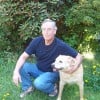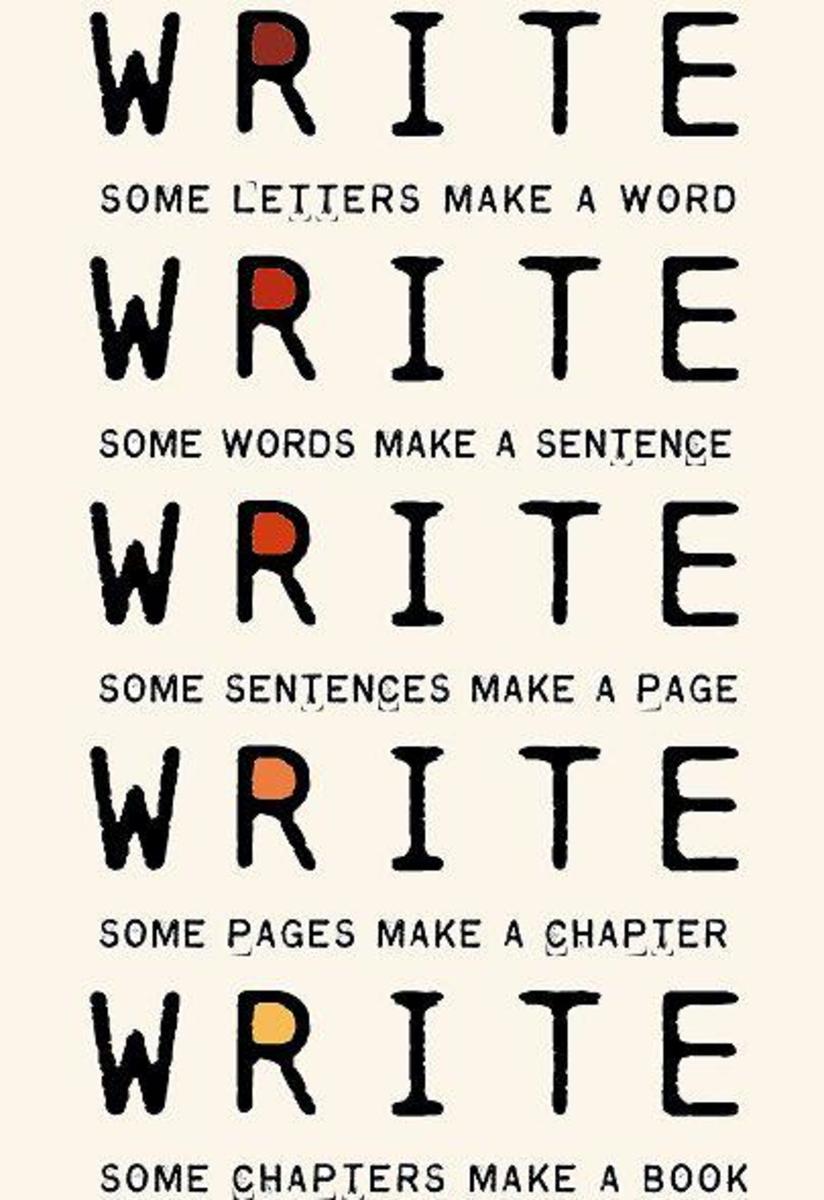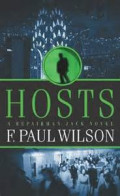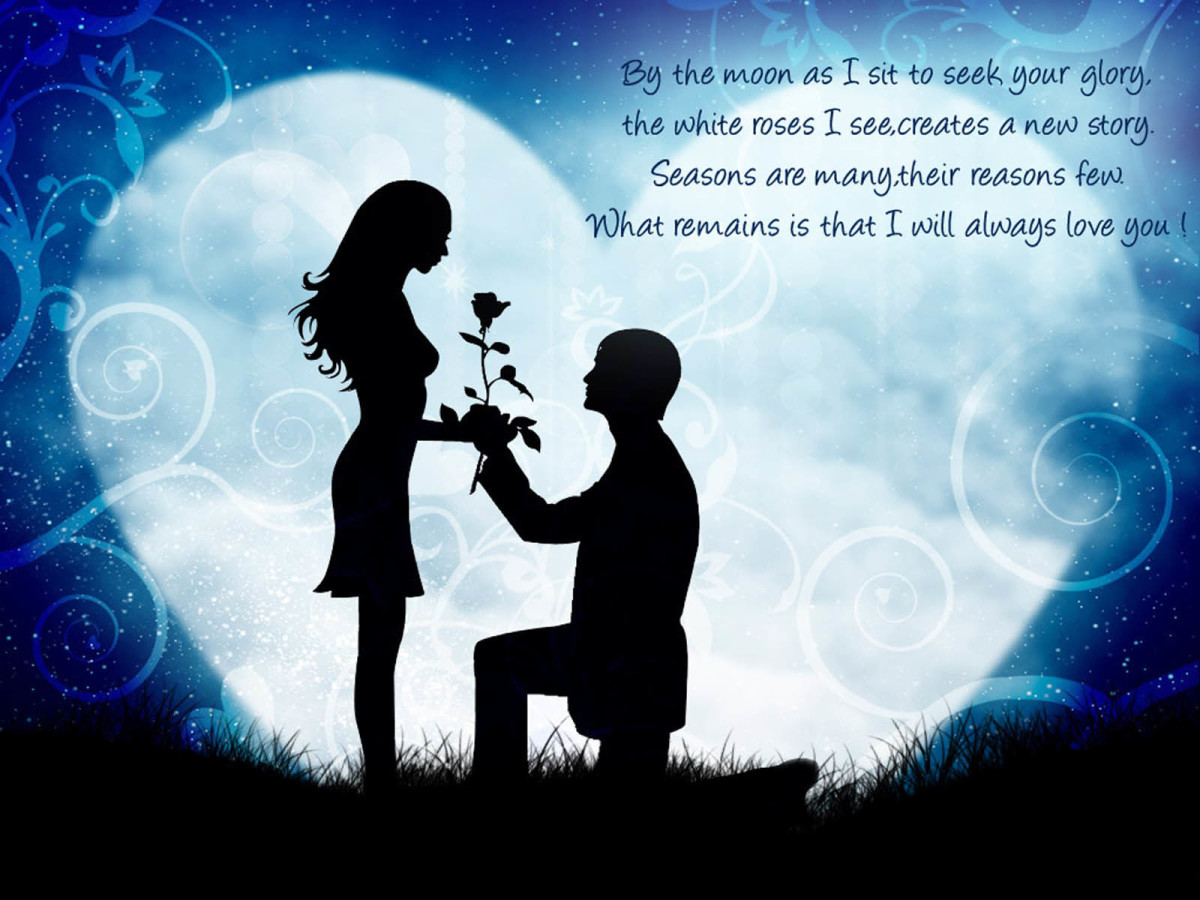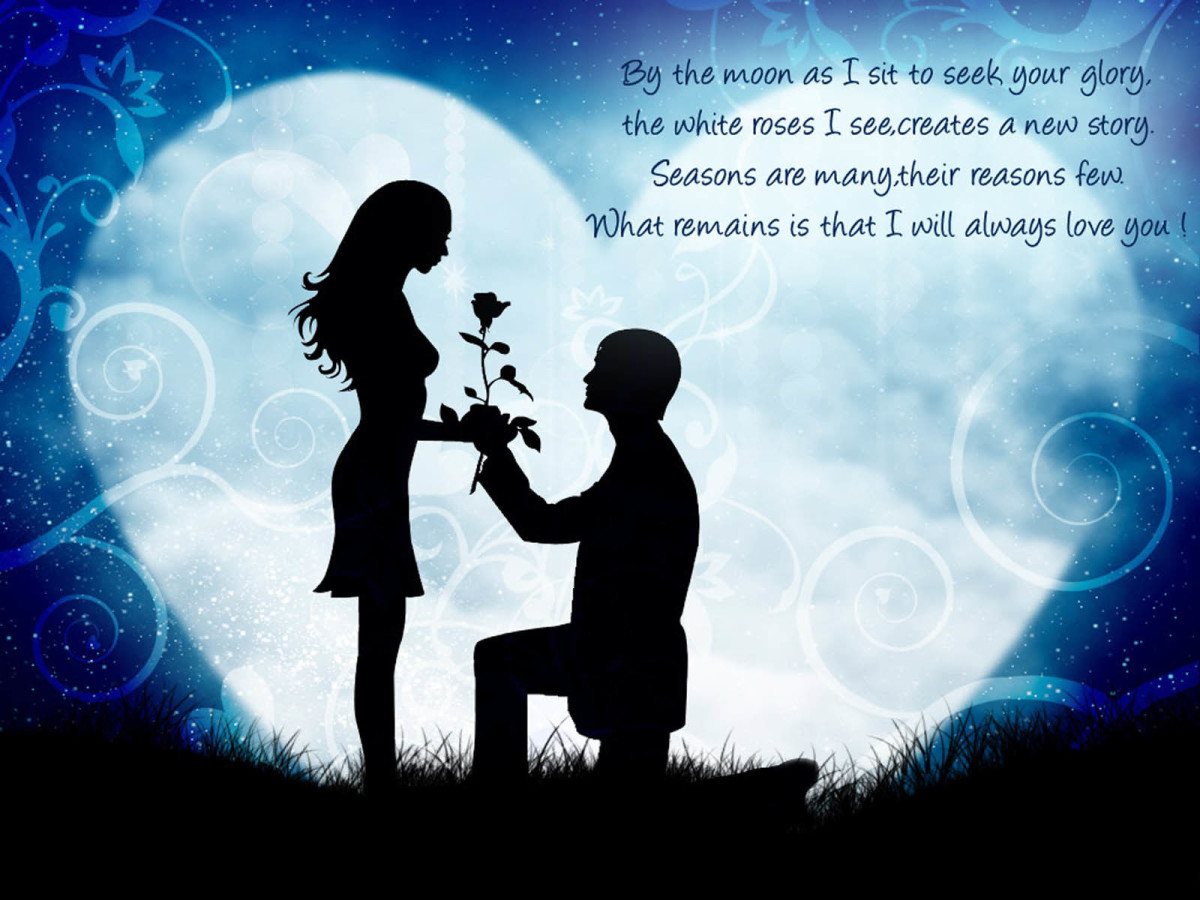How To Easily Write a Novella
Welcome to a Style from the Past
I read a lot!
I mean a lot!
I take to heart the words of famous authors who have said that reading is a great exercise to improve one’s writing, but truth be known that long before I became a writer, I read voraciously.
I am always in search of new authors, and when I find one I enjoy, I sweep through their entire catalog until it is time to move on to the next author.
A few weeks ago I discovered Joe R. Lansdale, an American author who has won the Edgar Award, the British Fantasy Award, and seven Bram Stoker Awards. I like his style, his stories flow quickly, and he has a penchant for developing interesting characters.
I finished one of his novels and went online to order another from the local library. To my surprise, when I went to the library to pick up this new book, I discovered that it was not a novel, but in fact, a novella.
And here I thought novellas were a dead breed.
Oh, how wrong I was!
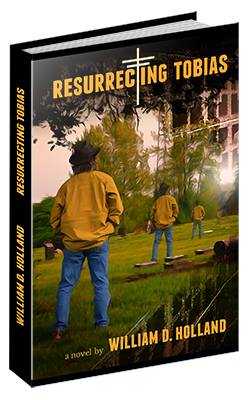
What Is a Novella?
“There are three rules for writing a novel. Unfortunately, no one knows what they are.”
A novella is a written piece of fiction that is longer than a short story but shorter than a novel. The categories of fictional works look something like this:
- Short story…..1,000-7,500 words
- Novelette…….7,500-20,000 words
- Novella………..20,000-50,000 words
- Novel…………...50,000-110,000 words
- Epic………………110,000 + words
None of the above is etched in stone. It is only given to you for reference.
There has been a resurgence of novellas in recent times, thanks to the ebook craze. Indie writers can now write novellas in a reasonably short time, sell them for $.99-$2.99, and then move on to the next project. The novella seems to appeal to today’s online readers, just as they once did, decades ago, when pulp fiction was the hottest trend.
But novellas also can be found sprinkled throughout our literary history, written by some of the giants of literature. An example you should all be aware of is Hemingway’s “Old Man and the Sea,” as well as Jack London’s “Call of the Wild.”
So perhaps you would like to give it a go, but don’t know exactly what the guidelines are for writing a novella. Luckily for you, I am here with the answer. The information that follows is not meant to be construed as the only way to write a novella, but rather a compilation of elements you will find in most novellas.
One Plot and at Most One Subplot
The length of a novella dictates that only one plot be developed. It is practically impossible to do more with 30,000 words. However, you still have the freedom to develop a complete storyline around that one plot, and you can certainly have complications within that plot. Just don’t mosey down a side trail and get lost in a subplot that will most certainly divert from the goal of the novella.
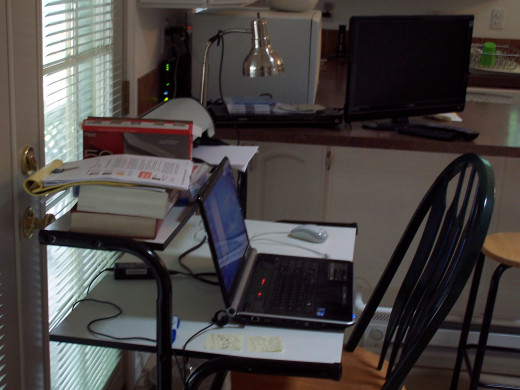
One Point of View
My latest novel, “Resurrecting Tobias,” employs the use of first person as well as third person. I found it necessary to do that in order to adequately develop the three main characters, and in a novel of over 120,000 words, I had the freedom to do so.
That is not the case with a novella. Again, the length of the book pretty much dictates that only one point of view be used, and in most cases, that point of view is first person. Why? Because first person allows the author, in a short space, to create an intimate relationship between the protagonist and the readers.
Stephen King has a collection of novellas to his credit, and all but one is written in first person. If it’s good enough for King, then it’s good enough for this writer.
One Question Is Answered
This is closely related to the plot discussion mentioned earlier. All novels answer questions. Will the lead character survive a harrowing experience? Will the protagonist find redemption?
In a full-length novel, oftentimes there are more than one question answered, but not in a novella. It is practically impossible to adequately develop a story and answer more than one central question within the length of a novella.
One Style and One Tone
Do not flutter about, bouncing between styles, in a novella. You don’t have the time. Using more than one style or tone is an excellent exercise in novels, and great writers do it effortlessly, but even great writers are incapable of doing it in a novella.
A General Outline of a Novella
Again, this discussion is in general terms, so don’t feel compelled to follow these guidelines too closely. Still, it helps to understand what you are facing, before you attempt a novella.
- Introduction…….1,000 words
- Conclusion……….1,000 words
- Characters……….1,000 words
- Setting……………..1,000 words
- Plot…………………20,000 words
Using the general rule of one spark for every 25,000 words, it is possible to have as many as two main events, or sparks, in a novella. More than that and you will never do them justice in your development of them.
What is a spark? It is a catalyst for lack of a better description. It is an action or event that propels the story.
Join me on my writing website
- William Holland | Thoreau of the 21st Century
A place for writers to kick back, learn, discuss, and share.
Why Write a Novella?
I don’t know how many times I have had someone tell me that writing a novel is daunting and sounds overwhelming to them. The idea of carrying a story along in a cohesive package for 100,000 is simply too much for them to comprehend.
For those out there who feel that way, why not give a novella a try? Take it a step at a time, and you just might surprise yourself.
Begin with an idea, or a question, if you will. How does the boy win the love of the girl? Now write an introduction to kick off the story. Once the introduction is done, think of a spark, or central event, that will serve as the fuel for your story. Ride that spark, and at the same time, develop the characters and scenes. Then wrap it all up with a nice pretty bow and you are done.
Novellas also lend themselves quite well for a series of books. Just as in the old days of pulp fiction, you can develop a main character, and then take him/her through a new adventure in each novella. In today’s world of ebooks, once you attract a following to your series, each one should sell and sell well.
There might just be a large market for novellas in today’s world. The attention span of the new generation of readers seems to be about equal to a fruit fly, so shorter books just might be attractive to those readers.
The best reason for writing a novella, however, is because practice makes perfect, and although we will never reach perfection as writers, we can at least snuggle as close to it as possible by writing, writing, and writing some more.
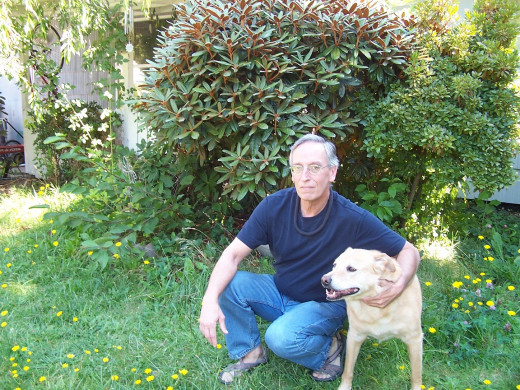
It’s Time to Get Started
I will leave you now. I’m sure you all have a wonderful idea for a novella just burning a hole in your brain. It’s time to let that fire roar. Call on your muse to help you. That little wench is just sitting around doing nothing. You might as well put her to work.
2014 William D. Holland (aka billybuc)
“Helping writers to spread their wings and fly.”
